Tom's Guide Verdict
The 43-inch Amazon Fire TV Edition has special features aimed at cord cutters, but the picture quality from this Westinghouse TV doesn't measure up to the advanced, Alexa-centric interface.
Pros
- +
Alexa built in
- +
Excellent integrated search
- +
Displays over-the-air channel listings
Cons
- -
Poor viewing angles
- -
No HDR support
- -
Lacks deep blacks in 4K
Why you can trust Tom's Guide
Amazon's Alexa voice assistant is a runaway hit, controlling everything from thermostats and lights to the latest connected cars. But can it make a smart TV more intelligent? Amazon believes it can with Fire Edition-enabled TVs, like this 4K Westinghouse model that starts at $450 for a 43-inch unit.
Many smart TVs suffer from tab tangle, with multiple menus and a welter of windows representing different media sources, from apps to streaming-video sources to traditional TV channels. Amazon is looking to clear up the clutter and bring it all together with Alexa. To a great extent, the company has succeeded, although not all Alexa skills are supported and this set's picture definitely could be better.
Design: Basic
Aesthetically, the Westinghouse set is spartan. The 43-inch TV isn't here to make a statement, just get the job done. Sitting on two splayed feet at either end of the display, the 4K (3840 by 2160 pixels) set comes in basic black.
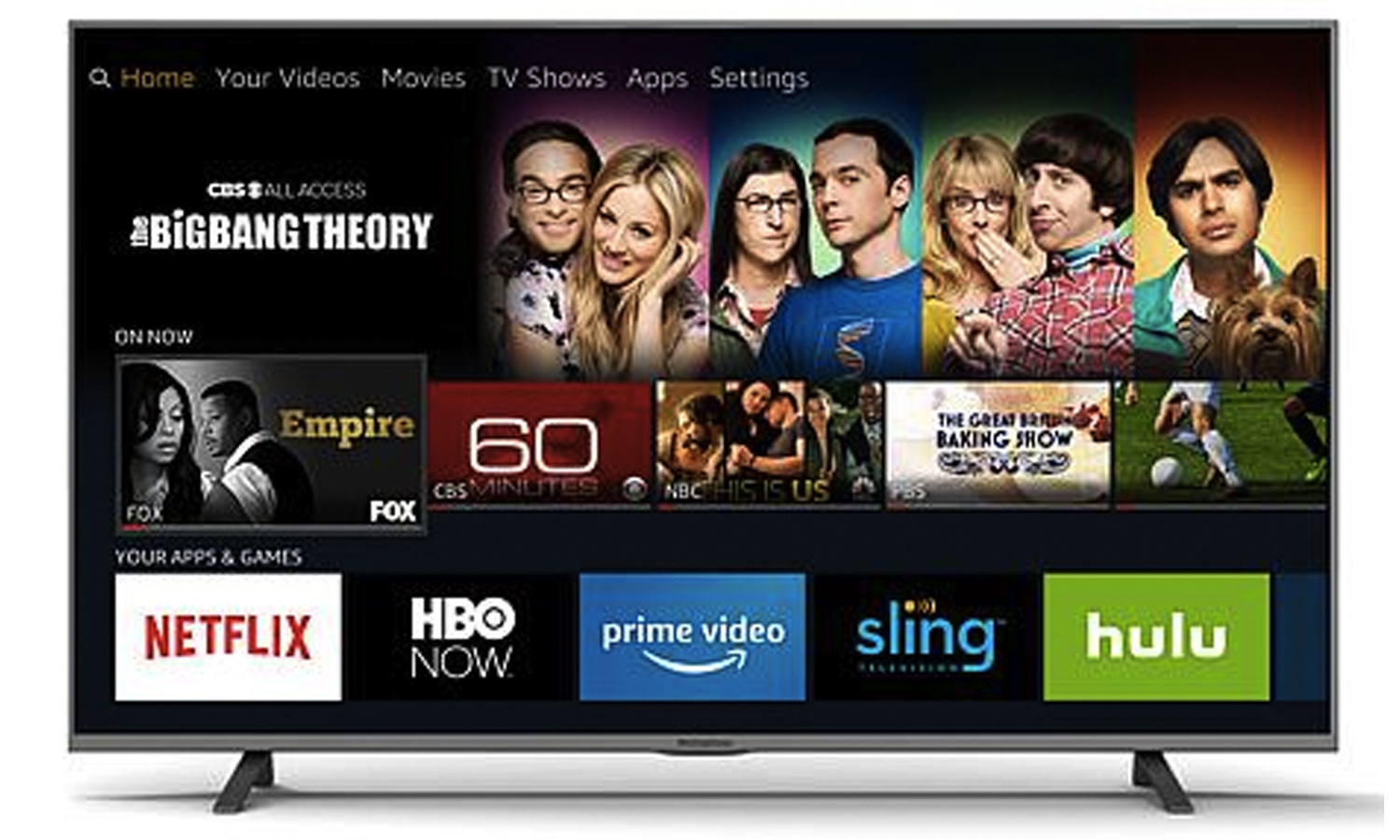
It is a so-called Ultra HD set that can display 4K content, but it does not support high dynamic range (HDR) formats, such as Dolby Vision, which means you won't get the best contrast or color support.
The Westinghouse set does include Bluetooth and Wi-Fi wireless support, as well as back-panel connections for up to four HDMI sources, component/composite video sources, optical audio, Ethernet and a coaxial RF input for an antenna. There's also an SD card slot to bring the TV's total memory from 16GB up to 128GB with a memory card.
Alexa TV: Refreshingly smart, but not full Alexa
Rather than responding automatically to spoken commands, the TV version of Alexa is triggered by pressing and holding a mic button on the remote control, similar to how other Fire TV devices work.
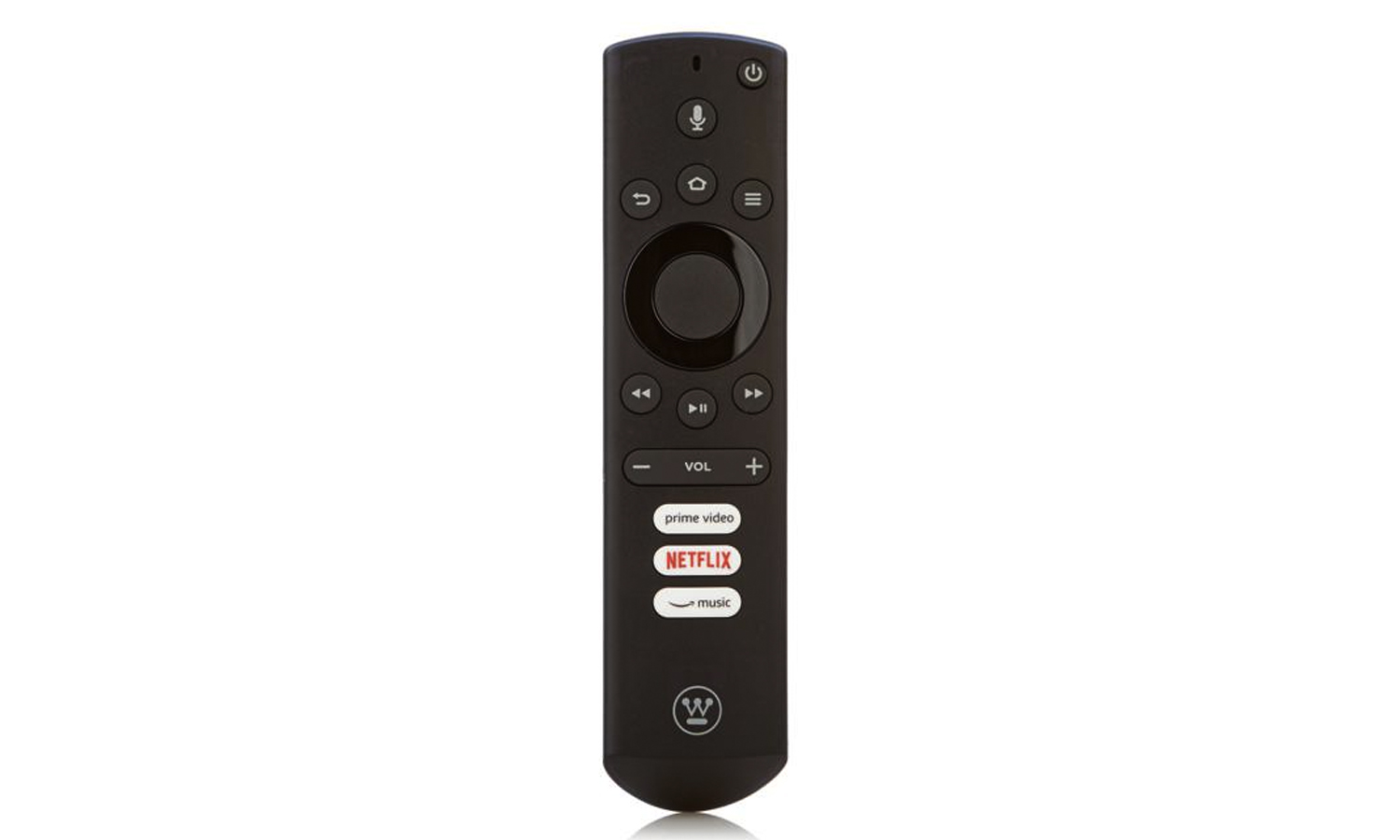
There's a lot you can do with Alexa in its TV form. You can launch Pandora stations, for example, and request weather information, which is now not only spoken but also displayed in graphics on screen (expect to see more graphics support for other Skills in the future).
Get instant access to breaking news, the hottest reviews, great deals and helpful tips.
The best feature, however, is the ability to conduct searches that cover not only online sources, such as Netflix and Amazon, but also what's playing on local broadcasts for the next two weeks. So asking Alexa for "Jimmy Fallon" will yield YouTube options as well as channel listings for the coming evening. This is great for cord cutters, but it doesn't cover cable or satellite listings.
MORE: Is Amazon Prime Worth It? Here Are the 17 Best Perks
Unfortunately, Alexa on this set does not support all the standard Alexa Skills, such as setting timers and alarms. And one is reminded that Alexa understands only a fixed set of commands, rather than natural speech. In our testing, Alexa would not recognize "Switch to live TV" or "Switch to TV," but it understood "Switch to antenna" and "Switch to HDMI 1."
Performance: Solid but narrow viewing angles
In general, the Westinghouse set delivered a serviceable picture and was adept at upscaling lower-resolution content, particularly live-broadcast stations via a connected antenna (cord cutters take note). Switching among over-the-air 720p channels, the picture looked solid, bright and clear. However, the 43-inch TV had noticeable picture flaws when playing other video sources, particularly compared to other 4K sets.
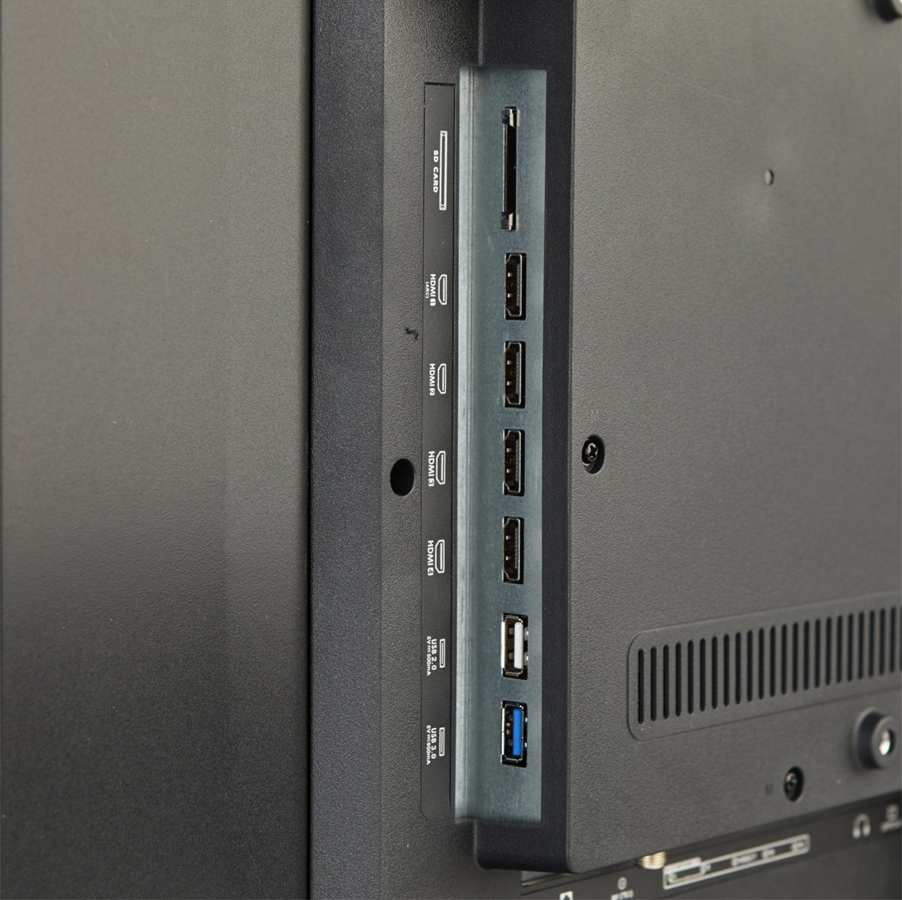
This is a basic, 60-Hz panel (versus 120 Hz) that's been pushed to its limits. By driving its brightness, for example, Westinghouse makes the overall picture look gray on anything involving dominant black areas, such as scenes from outer space.
Its Delta-E score, a measurement of color accuracy, was 5.5 (numbers closer to 0 are better). Among 4K TVs under $500 that we tested, this was one of the worst results; the Insignia NS-55DR620NA18 (2.0) and the Samsung UN40MU6300FXZA (1.5) fared much better. Moreover, unlike most sets, even at this price, the Westinghouse has only one preset mode. That means you can't switch among Standard, Sports or Movie, for example, to get a better picture based on what you're watching.
On the other hand, at 385 nits, the Fire TV was the brightest of any of the sub-$500 TVs we reviewed. The set also produced 98.1 percent of the Rec. 709 color gamut, which is quite good, as anything close to 100 percent or above is strong.
The set's poor off-axis viewing was not directly reflected in our benchmarks, but many viewers will find it more noticeable. Moving even slightly out of the center sweet-spot viewing position washed out the image in both vertical and horizontal axes, draining the color out of the picture.
MORE: 47 Best Amazon Alexa Skills
Other flaws were not immediately apparent but became conspicuous after hours of viewing different material. The otherworldly dust storm in the 4K Blu-ray of The Martian looked bright but blurry, with a loss of detail attributable to oversaturation. Watching the 4K version of Mad Max: Fury Road, I saw some flaring along the edges of the screen, as the LED edge lighting strained to keep up with changes in the picture. There was also an obvious lack of screen uniformity on solid colors.
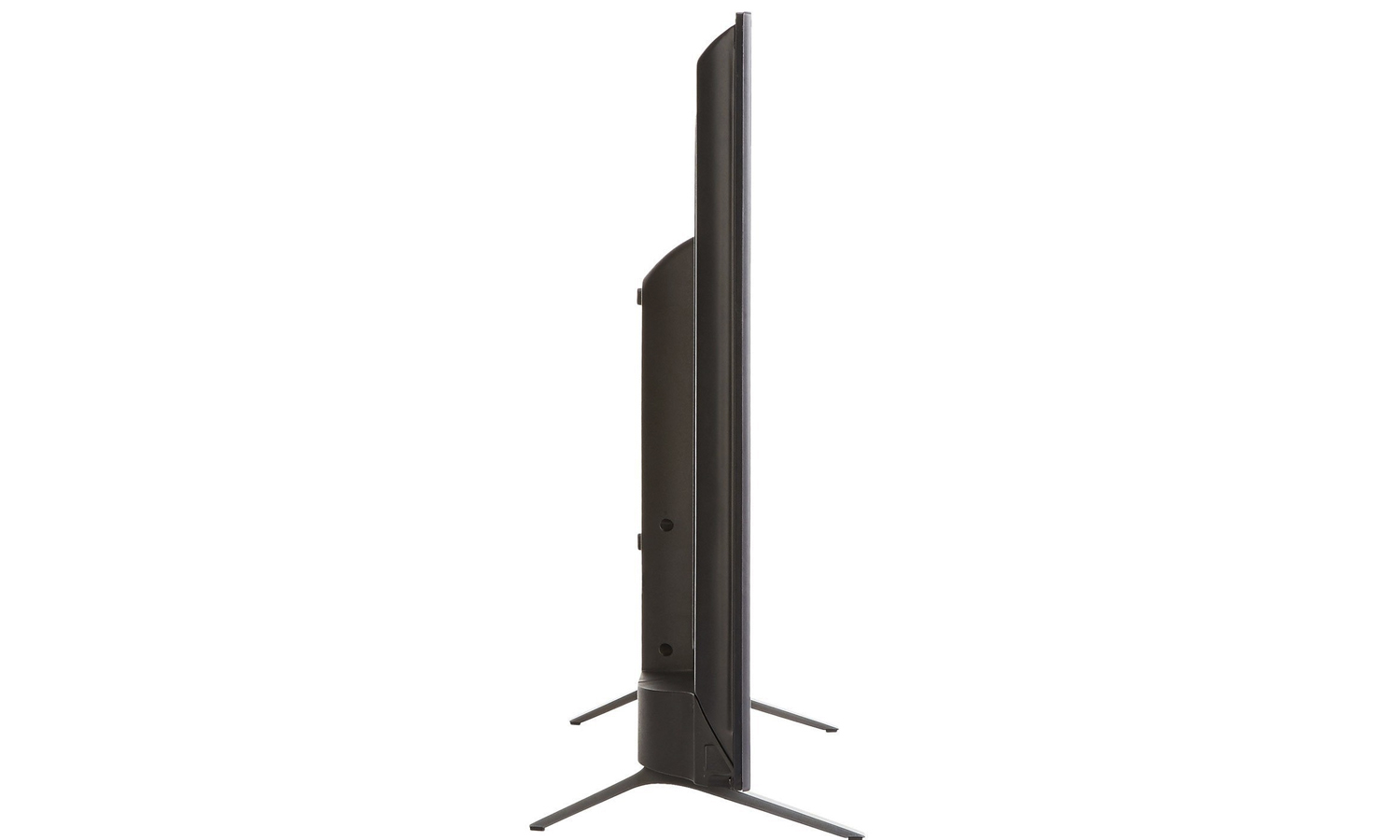
In trying to keep up with the rapid action in The Amazing Spider-Man 2, the Westinghouse set looked grainy and created some posterized highlights in the private-jet fight scene. And while the set could upscale DVD and other standard-HD content ably enough, the basic picture shortcomings were still apparent, such as halos of light that appeared around the space shuttle floating through space in Gravity.
On the audio side, the Westinghouse Smart 4K Ultra-HD TV Amazon Fire TV Edition produced enough volume for a small apartment living room or bedroom, but it lacked finesse. The sound was generally thin and tipped toward the high end of the scale. Female vocals sounded attenuated, for example, and there was little bass to speak of. Those who want better audio quality should get a low-cost soundbar.
Smart Features and Interface: No Roku killer
While Amazon brings some major improvements that make so-called smart TV features easier to manage, it's still very much rooted in the web-based PC world rather than the living room of consumer electronics. For example, under a Prime heading, you'll find Channels, by which Amazon means streaming online video sources, not traditional TV stations. If you grew up on an iPad, that may be fine, but older couch potatoes will be confused.
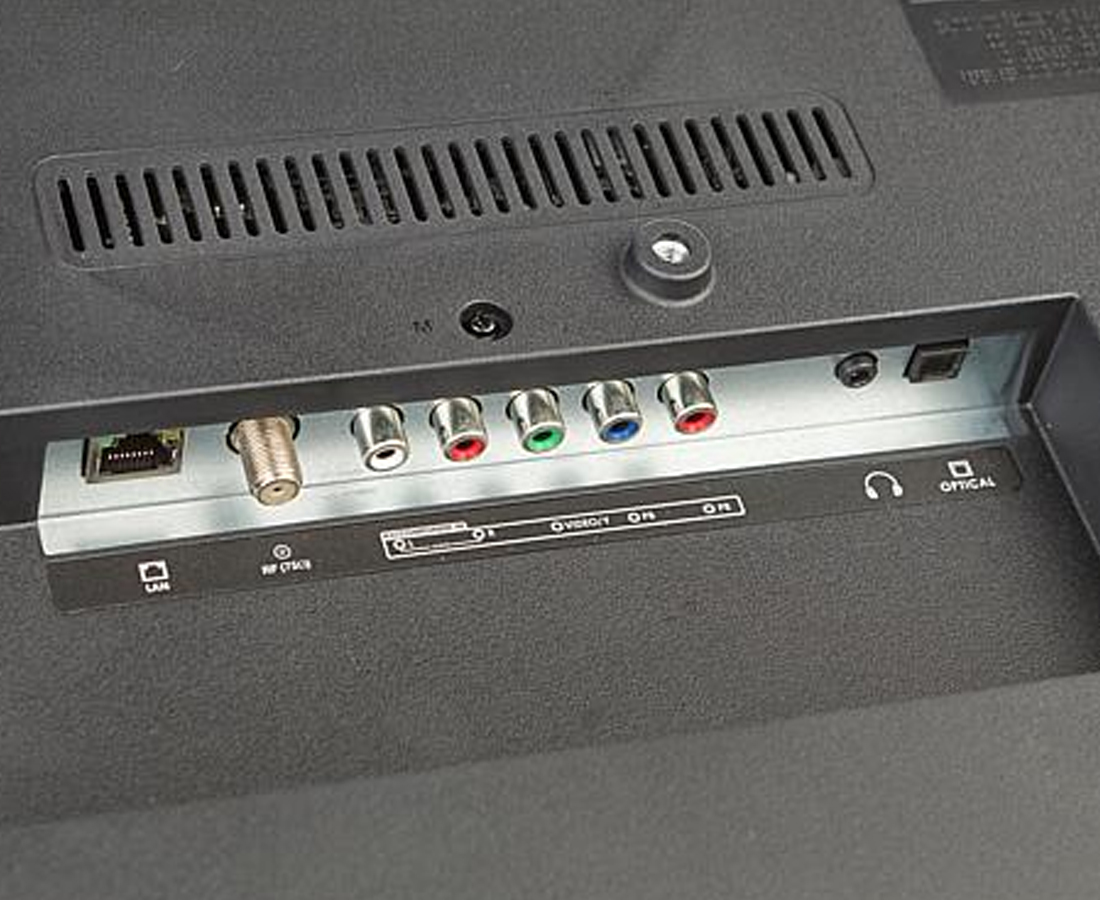
With the main categories listed across the top of the screen, everything is displayed in nice, bright pictograms below, revealing on-demand offerings and popular services including Netflix, Amazon, Hulu, Pandora and Spotify. Amazon's interface is (unsurprisingly) biased toward promoting its own ecosystem, putting Amazon Music and Amazon Prime right up front. There's nothing particularly outstanding about this arrangement.
One additional convenience feature is a live pause control (unfortunately, not with Alexa). You can stop live broadcast for up to 5 minutes with the set's built-in 16GB of storage. However, there's no built-in DVR for scheduling recordings.
Bottom Line
While Amazon's freshman entrance into big-screen TVs lacks some maturity, it's a welcome competitor to the Roku TVs currently on the market. The ability to search across multiple entertainment sources, including local TV broadcasts, is a unique feature, even if it doesn't include cable or satellite channel listings.
Westinghouse will offer the Fire TV edition in four sizes, from the 43-inch model up to a 65-inch set. Readers should not assume that judgments based on this TV's performance will apply to the others, however, as different-sized panels are can vary widely in picture quality.
However, if you're looking for a bargain, the Insignia NS-55DR620NA18 offers a better image with a larger, 55-inch display, and offers many of the same smart TV features — except for Alexa, that is.
John R. Quain has been reviewing and testing video and audio equipment for more than 20 years. For Tom's Guide, he has reviewed televisions, HDTV antennas, electric bikes, electric cars, as well as other outdoor equipment. He is currently a contributor to The New York Times and the CBS News television program.


